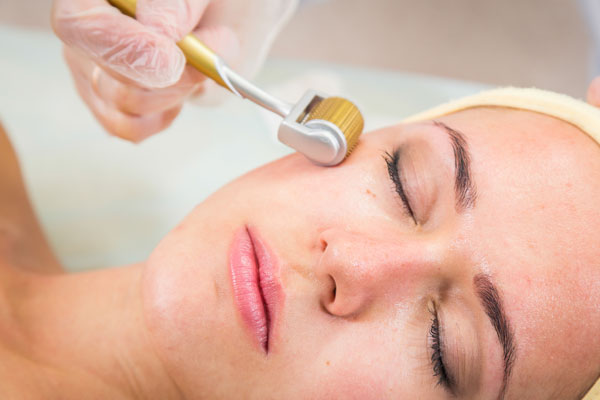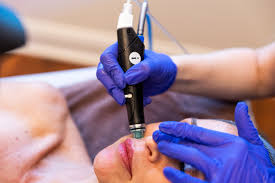Acne Scar Surgery


Acne scarring, which occurs in 95 percent of all people with acne vulgaris,can be challenging to treat. Severely inflamed lesions may leave permanent scars, which can be associated with psychological pain, low self-esteem, and reduced quality of life. Scar formation is the normal and natural response of tissue to wound healing following an injury that is significant enough to elicit this host tissue response.
The incidence of acne scarring may be increased above the background injury with manipulation or “picking” by the patient. These scars may be aesthetically unappealing, and if hypertrophic, they may be painful as well.The size, type, and severity of the scar will be primary considerations in treatment. The anatomic location of the scar and the patient’s skin type may also be important considerations.
The scar’s etiology and prior treatments should be assessed at the patient’s initial evaluation. Patient education should be provided to manage expectations and design a treatment program that does not exceed the patient’s comfort level for risk. Your results depend almost entirely on the knowledge and skill of the person performing the treatment. Dermatologists and dermatologic surgeons perform these procedures frequently, so they have the skills and experience needed to perform these procedures safely and effectively.
Current Treatment Options
Resurfacing – Resurfacing procedures are perhaps the most common interventions for treating acne scars and include chemical peels, dermabrasion, and laser resurfacing (ablative and nonablative laser resurfacing, plus fractional laser resurfacing).
Collagen-induction therapy – Also known as “needling” or “microneedling,” this treatment encourages your body to make more collagen. Many patients require between three and six treatments and return every two to six weeks for a treatment. After each treatment, you may have some swelling and possibly bruising. These side effects usually clear within four to five days.
Energy devices – Another frequently employed acne scar treatment involves energy devices, such as the CO2 laser and erbium YAG lasers, Subcision-In subcision, a specialized needle, usually 18 gauge, with the lumen or core stamped shut, is inserted percutaneously to release fibrotic scar bands in the dermis and subcutaneous tissue, similar to a “mini-scalpel”. This approach results in a tethered scar being “released” and allows neocollagenesis to take place beneath the scar, helping to lift and smooth the surface contour.
Excision – Some acne scars respond well to surgical excision, which may include punch excision, elliptical excision, or punch grafting.
Fillers – Fillers offer an important nonsurgical technique to correct acne scars and improve skin texture. Since many types of filler treatments are available, clinicians should discuss with patients their various treatment options and associated risks and benefits.
Fat transplantation – Autologous fat transplantation may be suitable for the treatment of severely depressed scars or scars with abnormal contours in which there is a loss of subcutaneous fat. Most treatments can reduce the size and visibility of acne scars. With time, many of the treated acne scars fade, making them barely noticeable.
